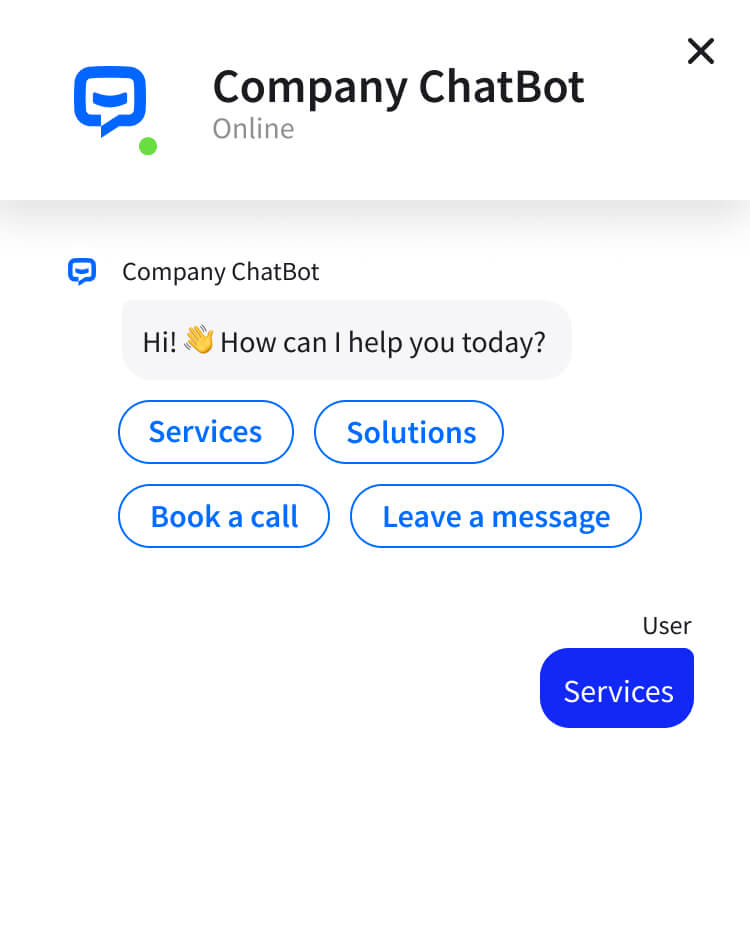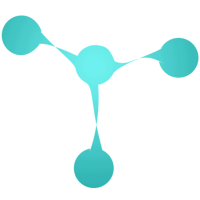
What is artificial intelligent? Artificial intelligence is simply an expression of the intelligence displayed by machines. Artificial intelligence can be displayed by machines as well as humans and animals. Machines can recognize faces and make recommendations based upon their experiences. What are the advantages of artificial intelligence? Is artificial intelligence worth the hype? You'll find out in the following article. This is how the future of healthcare will be. But what exactly is AI, and how does it work?
Artificial intelligence
What is artificial intelligence? Artificial intelligence is a type of intelligence that can be demonstrated by machines. By contrast, natural intelligence is displayed by animals and humans. While machines can learn tricks and play video games, they don't have the same intelligence as humans. A basic understanding of artificial Intelligence is necessary. Below are some examples. Continue reading for more information. Artificial Intelligence Definition
The concept of an inanimate object with intelligence is not new. Hephaestus, an ancient Greek god, was depicted creating robot-like servants. Egyptian engineers created statues of gods using technology that could be animated and controlled by priests. In order to explain their thoughts, historical thinkers used logic as well as the tools of the time. This was the basis for AI concepts such general knowledge representation.

Applications of artificial Intelligence
Although we are still in the early stages, AI has many practical applications that could benefit businesses. AI can be used in retail to improve in-store activity monitoring, product selection, and overall efficiency. AI can also be used to monitor inventory levels and perishable goods. It can identify IT errors and anomalies that allow them to make patches or alerts. AI could even be used in the detection of disease outbreaks within a few years.
AI is also used for security, healthcare and finance. Artificial neural network systems have long been used by financial institutions to flag anomalous charges and claims. The Security Pacific National Bank, for instance, launched a taskforce in 1987 to prevent unauthorized use of debit cards. Moneystream, Kasisto, and Moneystream employ artificial neural networking to detect fraudulent activity. Artificial intelligence can also be used in healthcare to aid in diagnosis and concept processing in EMR software.
Weak AI vs strong AI
Weak AI (also known as narrow AI) is a subset artificial intelligence. Weak AI is not as powerful as strong AI. It has limited abilities. Weak AI lacks general intelligence and is more focused on a specific task. Because it can mimic human behaviour and reasoning, it is a good candidate for robotic tasks. Strong AI can imitate human intelligence but weak AI cannot be considered intelligent. The tasks that the most successful AI programs can perform are limited.
Both types of AI are important, but weaker AI is more dangerous. The latter does not have any real intelligence, such as self-awareness. It does however display a range of cognitive abilities. These capabilities are what distinguish strong AI from weak AI. Artificial intelligence is designed to enable machines to make intelligent decisions by themselves. It's not enough that machines can perform complex tasks. They also need to be aware and capable of feeling emotions.

Artificial intelligence and healthcare
Time is money in the medical industry. In the United States, hospitals will admit 33 million patients by 2020. Patients with varying health and insurance coverage may be admitted. Hospitals can make more money if they provide a positive patient experience. However, a poor one can lead to financial loss. Hospitals can use AI to process billions or millions of data points. They can identify trends quickly and make better decisions based upon that data.
AI is being used in drug development to automate much of the manual work. AI algorithms can categorize molecules into good and poor candidates. Experts can then use this data to determine the best prospects. A groundbreaking study used AI to identify biomarkers for neurological disorders in an AI-powered trial. Physicians can lower the chance of rejection by using the correct dose. In addition, AI-based medical devices can be more easily installed and less expensive to maintain than manual care.
FAQ
Is Alexa an AI?
The answer is yes. But not quite yet.
Amazon's Alexa voice service is cloud-based. It allows users speak to interact with other devices.
The technology behind Alexa was first released as part of the Echo smart speaker. Since then, many companies have created their own versions using similar technologies.
These include Google Home as well as Apple's Siri and Microsoft Cortana.
Who was the first to create AI?
Alan Turing
Turing was created in 1912. His father was a priest and his mother was an RN. He was an excellent student at maths, but he fell apart after being rejected from Cambridge University. He started playing chess and won numerous tournaments. After World War II, he worked in Britain's top-secret code-breaking center Bletchley Park where he cracked German codes.
He died in 1954.
John McCarthy
McCarthy was born in 1928. Before joining MIT, he studied maths at Princeton University. There, he created the LISP programming languages. He had laid the foundations to modern AI by 1957.
He died in 2011.
Who is leading today's AI market
Artificial Intelligence is a branch of computer science that studies the creation of intelligent machines capable of performing tasks normally performed by humans. It includes speech recognition and translation, visual perception, natural language process, reasoning, planning, learning and decision-making.
There are many types today of artificial Intelligence technologies. They include neural networks, expert, machine learning, evolutionary computing. Fuzzy logic, fuzzy logic. Rule-based and case-based reasoning. Knowledge representation. Ontology engineering.
There has been much debate about whether or not AI can ever truly understand what humans are thinking. Deep learning technology has allowed for the creation of programs that can do specific tasks.
Google's DeepMind unit has become one of the most important developers of AI software. Demis Hassabis founded it in 2010, having been previously the head for neuroscience at University College London. DeepMind invented AlphaGo in 2014. This program was designed to play Go against the top professional players.
What is the role of AI?
An algorithm is a set or instructions that tells the computer how to solve a particular problem. A sequence of steps can be used to express an algorithm. Each step is assigned a condition which determines when it should be executed. Each instruction is executed sequentially by the computer until all conditions have been met. This repeats until the final outcome is reached.
Let's say, for instance, you want to find 5. It is possible to write down every number between 1-10, calculate the square root for each and then take the average. You could instead use the following formula to write down:
sqrt(x) x^0.5
You will need to square the input and divide it by 2 before multiplying by 0.5.
This is the same way a computer works. The computer takes your input and squares it. Next, it multiplies it by 2, multiplies it by 0.5, adds 1, subtracts 1 and finally outputs the answer.
How will governments regulate AI
AI regulation is something that governments already do, but they need to be better. They should ensure that citizens have control over the use of their data. Aim to make sure that AI isn't used in unethical ways by companies.
They must also ensure that there is no unfair competition between types of businesses. If you are a small business owner and want to use AI to run your business, you should be allowed to do so without being restricted by big companies.
What is the latest AI invention?
Deep Learning is the latest AI invention. Deep learning, a form of artificial intelligence, uses neural networks (a type machine learning) for tasks like image recognition, speech recognition and language translation. It was invented by Google in 2012.
Google recently used deep learning to create an algorithm that can write its code. This was achieved using "Google Brain," a neural network that was trained from a large amount of data gleaned from YouTube videos.
This enabled the system to create programs for itself.
IBM announced in 2015 the creation of a computer program which could create music. Music creation is also performed using neural networks. These are known as NNFM, or "neural music networks".
Statistics
- The company's AI team trained an image recognition model to 85 percent accuracy using billions of public Instagram photos tagged with hashtags. (builtin.com)
- According to the company's website, more than 800 financial firms use AlphaSense, including some Fortune 500 corporations. (builtin.com)
- A 2021 Pew Research survey revealed that 37 percent of respondents who are more concerned than excited about AI had concerns including job loss, privacy, and AI's potential to “surpass human skills.” (builtin.com)
- In 2019, AI adoption among large companies increased by 47% compared to 2018, according to the latest Artificial IntelligenceIndex report. (marsner.com)
- While all of it is still what seems like a far way off, the future of this technology presents a Catch-22, able to solve the world's problems and likely to power all the A.I. systems on earth, but also incredibly dangerous in the wrong hands. (forbes.com)
External Links
How To
How to create an AI program
To build a simple AI program, you'll need to know how to code. Many programming languages are available, but we recommend Python because it's easy to understand, and there are many free online resources like YouTube videos and courses.
Here's a brief tutorial on how you can set up a simple project called "Hello World".
First, you'll need to open a new file. For Windows, press Ctrl+N; for Macs, Command+N.
Type hello world in the box. Enter to save your file.
Now, press F5 to run the program.
The program should show Hello World!
However, this is just the beginning. These tutorials will show you how to create more complex programs.